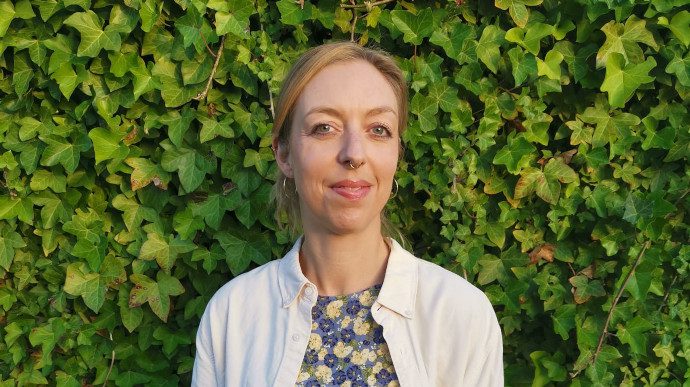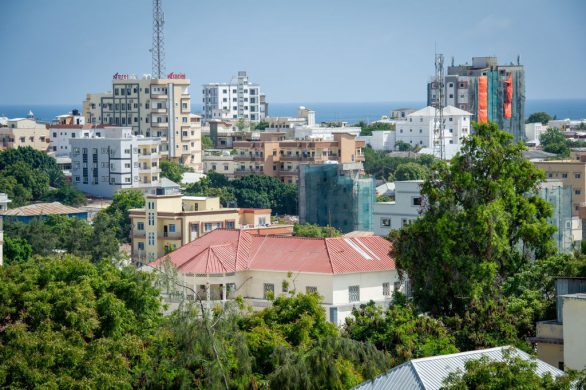Rome, 25 April: Under the pressure of soaring oil prices and growing environmental constraints, momentum is gathering for a major international switch from fossil fuels to renewable bioenergy, according to FAO, the UN Food and Agriculture Organization.
– The gradual move away from oil has begun. Over the next 15 to 20 years we may see biofuels providing a full 25 percent of the worlds energy needs, Alexander Müller, the new Assistant Director-General for the Sustainable Development Department of FAO said here.
Factors pushing for such a momentous change in the world energy market include environmental constraints – increased global warming and the Kyoto Protocols curbs on emissions of carbon dioxide and other greenhouse gasses – and a growing perception by governments of the risks of dependence on oil.
– Oil at more than 70 dollars a barrel makes bioenergy potentially more competitive, Müller said explaining:
– Also, in the last decade global environmental concerns and energy consumption patterns have built up pressure to introduce more renewable energy into national energy plans and to reduce reliance on fossil fuels.
His view is shared by a growing number of investors, including Bill Gates, who recently decided to finance a US ethanol company to the tune of 84 million US dollar.
Other new entries in the field are a French company hitherto better known for making Foie Gras, and Hungary, which plans to turn one million ha of farmland over to biofuel crops in the next few years.
FAOs interest in bioenergy stems from the positive impact which energy crops are expected to have on rural economies and from the opportunity offered countries to diversify their energy sources.
– At the very least it could mean a new lease of life for commodities such as sugar whose international prices have plummeted, noted Gustavo Best, FAOs Senior Energy Coordinator.
Brazils lead
What the rest of the world could do tomorrow, Brazil, the worlds biggest producer of bioethanol, is already doing today. A million Brazilian cars run on fuel made from sugar cane, and most new cars hitting the road there are powered by “flex fuel” engines. Introduced three years ago they use either gasoline or bioethanol, or any mix of the two.
According to senior motor industry executives, the flex engines are spreading faster than any previous innovation in the automobile sector. The reason is simple enough. In Brazil, which started producing biofuel 30 years ago, a barrel of bioethanol is currently half the price of a barrel of oil.
Europe
Some 1,5 million farmers are involved in growing sugar cane for fuel in Brazil. But “sun fuel” can be made from a variety of crops including soya, oil-palm, sugar beet (sukkerroe), and rapeseed.
Europe lags well behind Brazil in bioethanol production and consumption, and European prices are roughly twice Brazilian ones. But the EU has set itself the target of increasing the share of biofuels in transport to eight percent by 2015.
However, if oil prices stay high, things could move even faster. According to studies by the European Union, biofuels grown on available cropland could substitute 13 percent of petroleum-based fuels in the short term.
Diesel can be made from virtually any oil seed. – The worlds first diesel engine actually ran on peanut oil, noted Best.
Europe is already the worlds largest producer of biodiesel (now made from rapeseed (rapsfrø), soya or sunflower (solsikke) seeds), and the sector is growing fast. Various countries such the Germany, Ukraine and others, and many private and public companies are considering a big move into biodiesel from these crops and other sources.
– The beauty of bioenergy is that production can be tailored to local environments and energy needs. Where there is land, where there is farmers, where there is interest, bioenergy may be the best option. And if we add some sound analysis and good business models, we will get that option right, FAOs Gustavo Best noted.
Environmental and geopolitical effects
Clearly, a major move away from fossil fuels is destined to have resounding geopolitical repercussions with hopefully a broader international base of energy production and sources. But FAOs focus on the issue lies more with the likely impact on small farmers and the implications for food security and rural development.
– Farmers, particularly in tropical areas, are seeing new opportunities for increasing production and raising their incomes, Best said.
– But we also need to be careful. We need to plan. Competition for land between food and energy production needs to be converted to positive common benefits, he warned.
One hazard, for instance, is that large-scale promotion of bioenergy relying on intensive cash-crop monocultures could see the sector dominated by a few agri-energy giants – without any significant gains for small farmers.
But to date no comprehensive attempt has been made to address the complex technical, policy and institutional problems involved.
Bioenergy Platform
In order to fill this gap FAO has set up an International Bioenergy Platform (IBEP), to be officially presented at the UN in New York on Tuesday May 9.
The IBEP will provide expertise and advice for governments and private operators to formulate bioenergy policies and strategies. It will also help them develop the tools to quantify bioenergy resources and implications for sustainable development on a country-by-country basis.
It will further assist in the formulation of national bioenergy programmes, drawing on FAOs experience in promoting national, regional and global bioenergy development.
– The aim is to help us grow both enough fuel and enough food, and make sure that everyone benefits in the process, Müller concluded.
Kilde: www.fao.org















